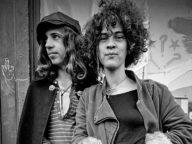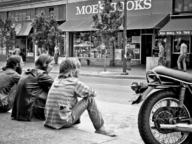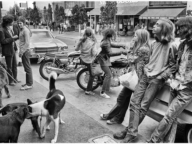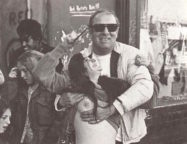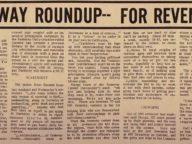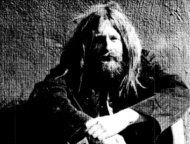Telegraph Avenue
“The block is alive, hustlers running their games, dogs darting through traffic, junkies yearning to score...and the children dancing by, bantering, teasing, mimicking, testing, testing.”
— Thomas Farber
[This is a skeletal version of a fuller, forthcoming project on the history of Telegraph Avenue in the ’60s and ’70s. — Ed.]
Starting in the mid-1960s, “Telegraph Avenue”—and here observers generally meant the two-block segment between Channing Way and Dwight Way, where the sidewalks teemed with street vendors, musicians, politicos, runaways, and the down-and-out—became shorthand for the cultural whirlwind of Berkeley. For conservatives, Telegraph Ave was an abomination, a stage set for “the greatest freak show on earth.” For more sympathetic observers, it offered a “rag theater” of great poignancy—a refuge that, while inspired by idealism, often made for hard living in practice.
Innovative organizations like the Berkeley Free Church, the Berkeley Free Clinic, and the Berkeley Runaway Center arose to serve the large population in need. Heavy drugs became common, and locals rallied both to declare war on dealers and find better forms of treatment for addiction.
By the mid-70s, the idea of Telegraph Avenue—an idea that had made Berkeley a catch basin for the counterculture—was no longer easy to reconcile with the actuality of life on the street.

A young crowd gathered on the Ave, near its late-60s highpoint as a Mecca for the counterculture (cropped outtake from Nacio Jan Brown, Rag Theater sessions)



